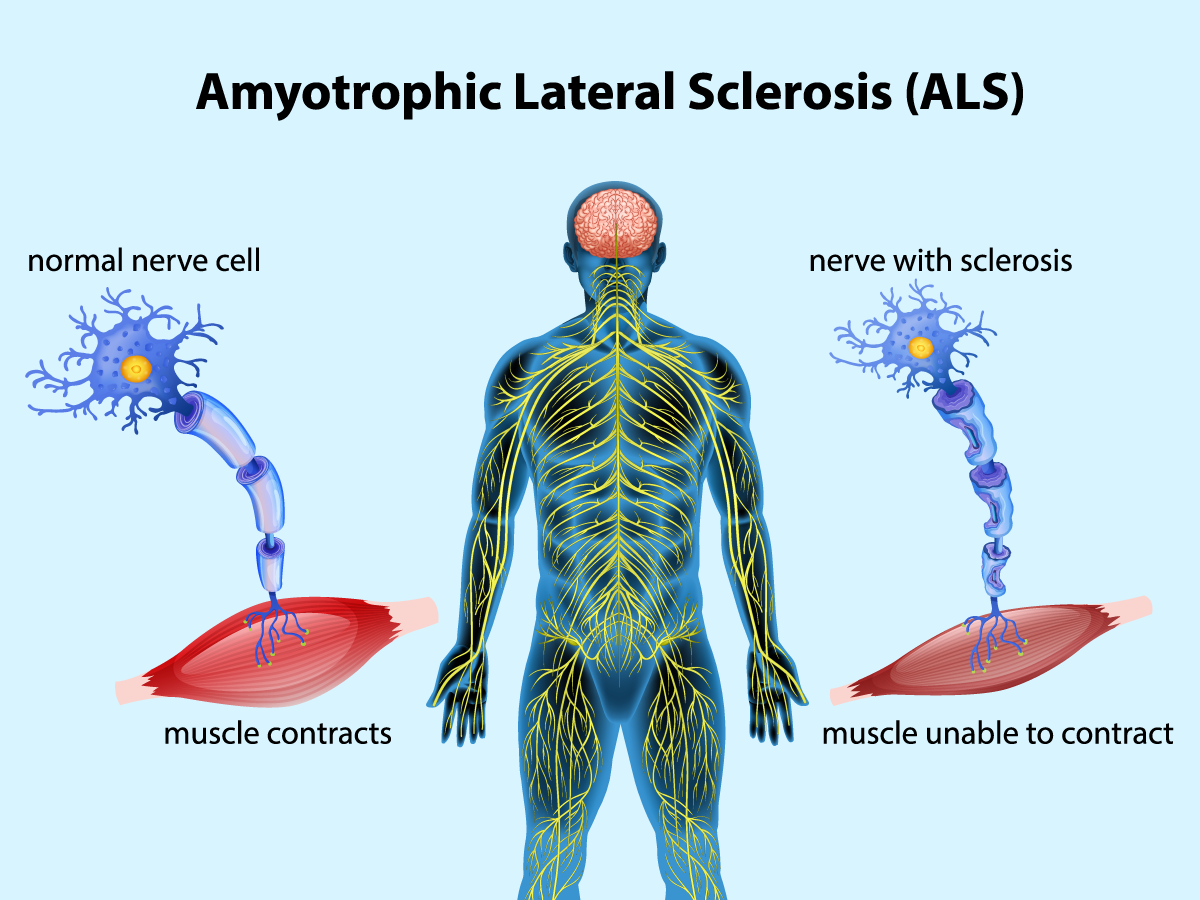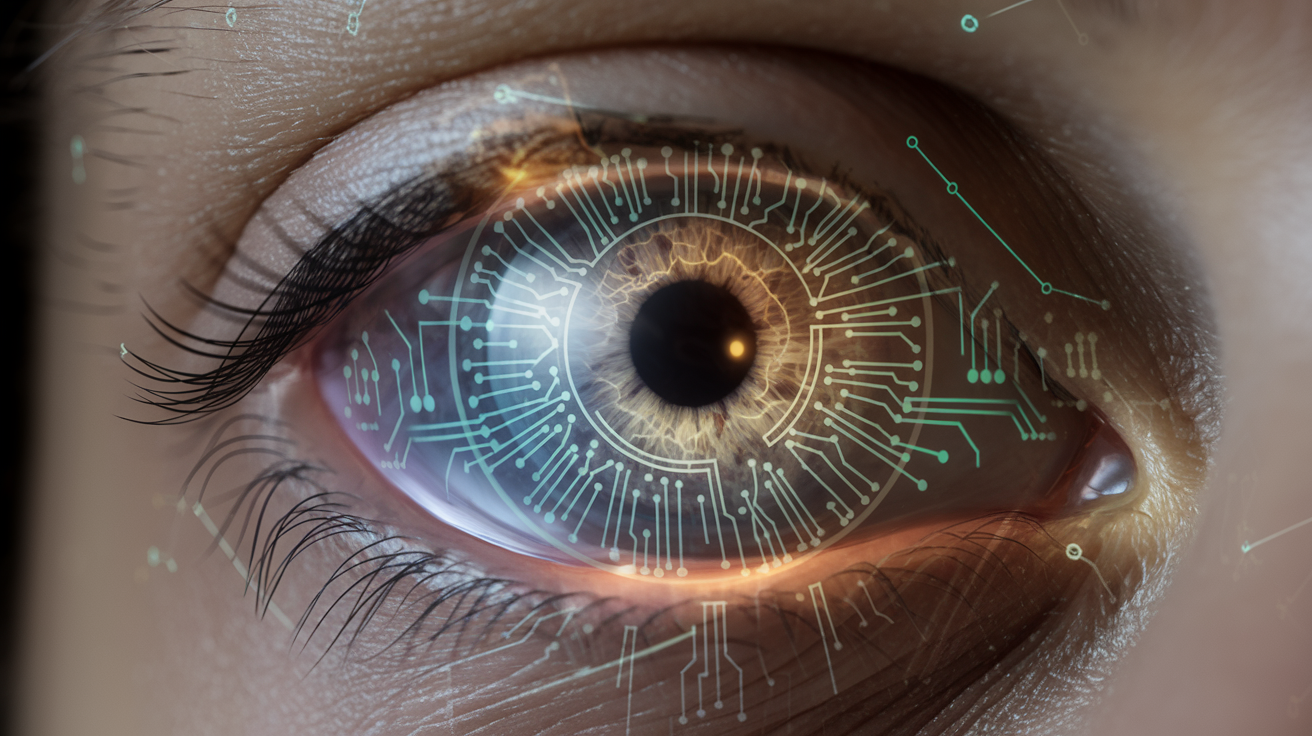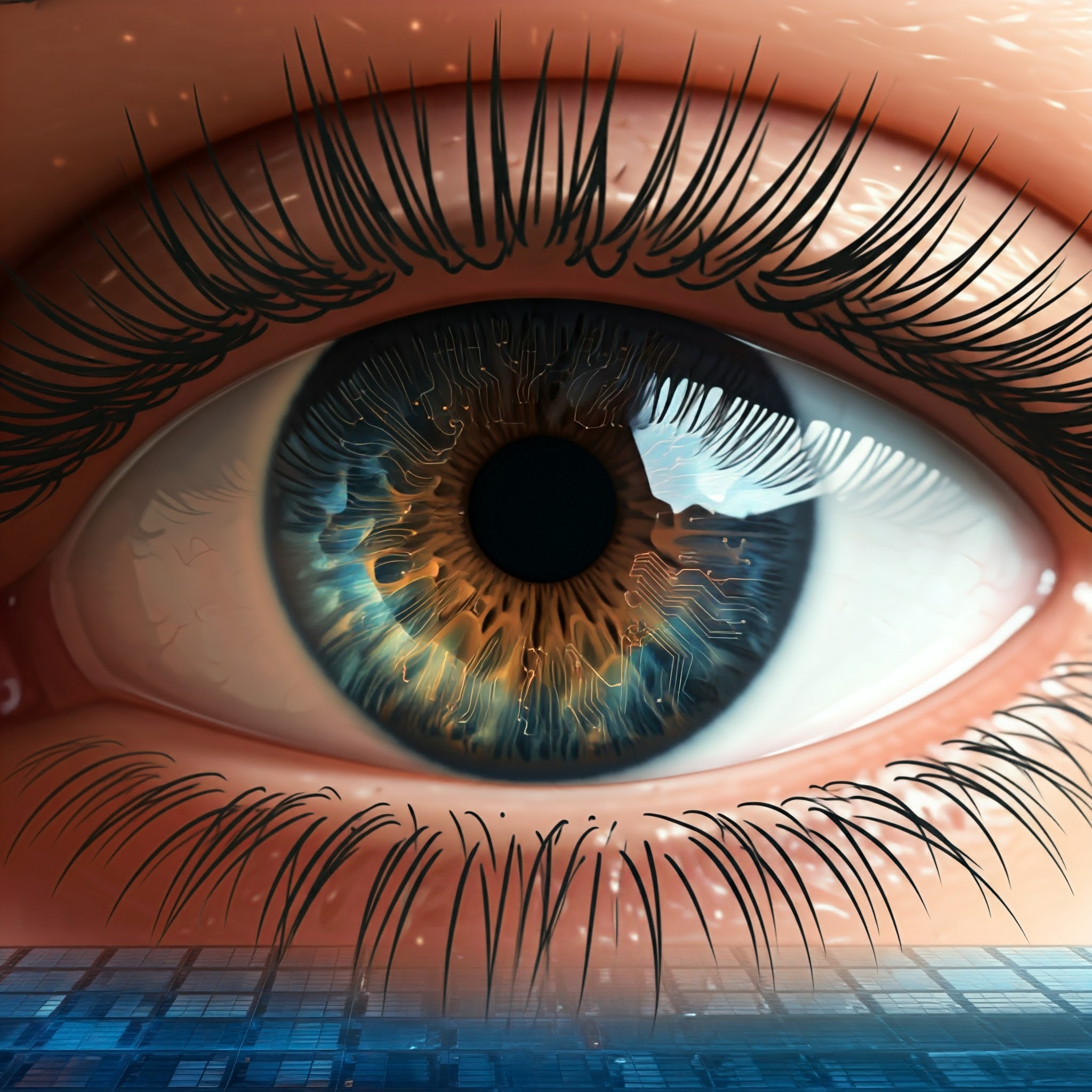Technology should be inclusive and accessible for everyone, regardless of ability. When it comes to eye tracking, this principle becomes even more crucial. While this technology holds immense potential for various applications, we must ensure it benefits individuals with disabilities as well.
Beyond Limitations:
Eye tracking systems offer alternative control methods for individuals with limited mobility or neuromuscular conditions. However, research like the one published in the Journal of Rehabilitation Research & Development, 2020 titled “Eye Tracking for Individuals with Amyotrophic Lateral Sclerosis: A Review of the Literature,” highlights the challenges some individuals face in using existing systems.
Building Bridges, not Barriers:
To ensure everyone can benefit from eye tracking technology, we need to focus on inclusive design principles:
- Accessibility features: Consider factors like gaze calibration options, adjustable screen sizes, and compatibility with assistive technologies.
- Diversity testing: Involve individuals with diverse abilities throughout the design and development process to identify and address potential barriers.
- Affordable solutions: Develop and offer cost-effective eye tracking systems to expand access for individuals with limited financial resources.
Unlocking Potential:
By prioritizing accessibility, we can unlock the potential of eye tracking for individuals with disabilities in various ways:
- Communication and Independence: Individuals who rely on alternative communication methods can use eye tracking to express themselves and interact with the world around them.
- Education and Employment: Eye tracking can enable individuals to access educational materials and participate in the workforce independently.
- Improved Quality of Life: Eye tracking systems can enhance daily activities and increase independence, leading to a better quality of life.
A Shared Responsibility:
Creating a truly inclusive future for eye tracking technology requires a collaborative effort:
- Researchers and developers: Continuously innovate and refine technology to address accessibility needs.
- Policymakers: Implement policies and funding initiatives to support the development and distribution of accessible technologies.
- Individuals and communities: Advocate for accessibility and raise awareness of the benefits of inclusive design.
A Brighter Future for All:
By fostering collaboration and prioritizing inclusive design principles, we can create a future where eye tracking technology empowers individuals of all abilities and promotes a more inclusive and equitable society.




